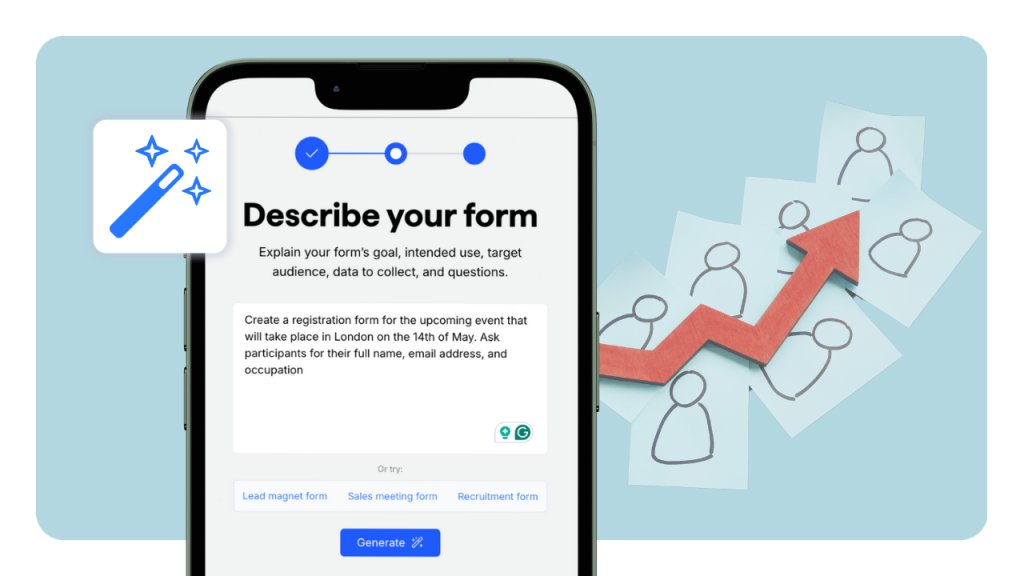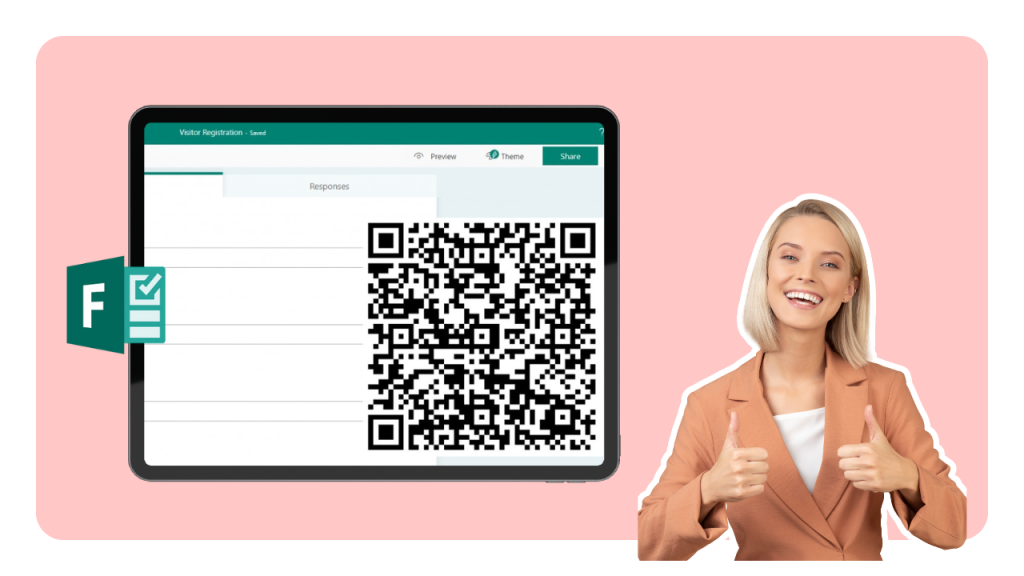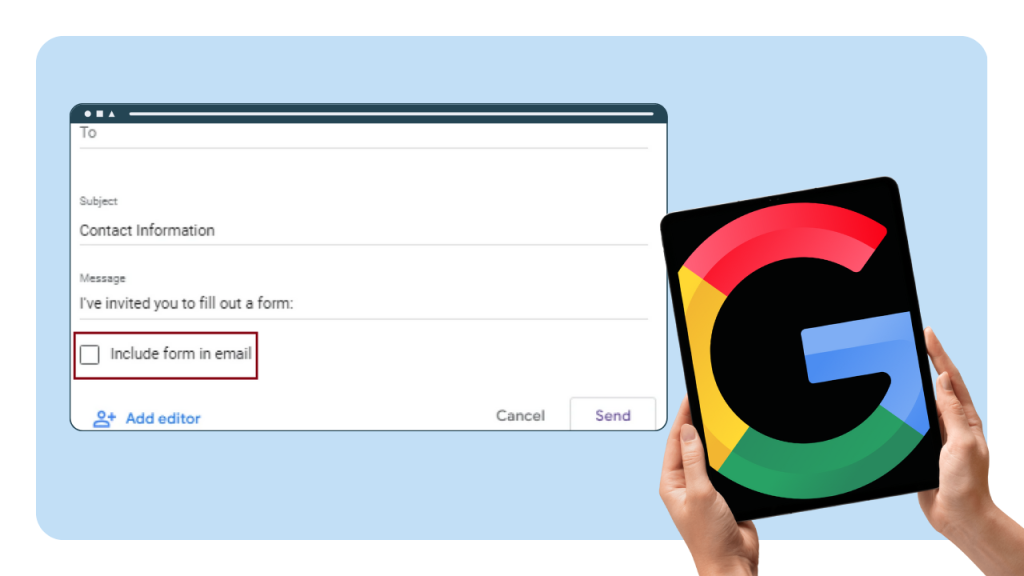Filling out a form can be a daunting task for users, whether it’s for providing contact information, giving customer feedback, requesting support, registering for an event, or applying for leave.
As a result, users might abandon it or provide irrelevant answers if it is too long and has complex questions. Plus, your target audience will have trouble trusting you with the information they provide if it doesn’t have the relevant trust signals.
Given that you still require forms to gather data from your users, it's crucial that these forms align closely with their needs. This alignment serves as the key ingredient for success, increasing both engagement levels and the quality of data collected.
And the best way to achieve this? Using AI-generated forms. In this post, we’ll talk about how AI-generated forms boost user engagement.
The AI Advantage
AI is a powerful tool to help you improve the effectiveness of your marketing strategies so that it’s easier to acquire and retain customers.
In customer acquisition, AI tools reduce the amount of time, effort, and resources you need to target your potential customers and personalize their buying journey accurately.
For example, AI tools will analyze the data you collect from your prospects. Then, it can provide you with data-driven insights that’ll guide you in the type of content to deliver to them at each stage of their buying journey.
When it comes to improving the quality of service you provide to your customers, AI tools help you analyze customer interactions to identify recurring issues and general customer sentiment.
This data helps inform how you can improve your customer service strategy to retain your existing customers.
Use AI to Build Digital Forms
AI-generated forms improve user engagement by helping you create on-brand forms with relevant questions. They help you generate leads more efficiently, improve user experience, and provide you with relevant insights from the data you collect.
Give it a try for free:
Create your form with AI
Just paste your URL & click generate
In addition to choosing the type of questions to ask users, the form-building process requires you to make several decisions, such as:
Choosing different field types to collect information
Integrate the form with your existing tools
Aligning the form with your brand
Choosing customization options
Setting up validation rules
These decisions help you meet the needs and expectations of your users to get the audience responses that you need.
However, these decisions add up. And you might find yourself making tradeoffs, for example, settling for a standard form because the level of customization you need requires technical skills. These tradeoffs don’t increase the chances of improving user engagement.
Since you still need to create and deploy a form on time, then you need a better way to create forms — one that doesn’t force you to make tradeoffs.
AI forms help you speed up the form-building process by providing suggestions for high-quality questions.
They also automate repeatable tasks, improving your form-building process’s efficiency, accuracy, and adaptability.
How AI-Generated Forms Contribute to User Engagement
The quality and quantity of responses you get on your forms help you understand the level of user engagement. Here are five ways AI-generated forms can help you improve user engagement:
1. Lead Generation
Lead generation allows you to collect information from your potential customers and learn about their pain points, needs, and goals so that you can segment your audience and personalize your marketing campaigns.
If you’re using quizzes to generate leads, using AI to create forms automatically includes elements such as conditional logic and smart validation to keep users engaged when using the form.
As a result, it speeds up the form-building process and allows you to spend more time thinking and creating high-quality questions to ask your audience.
For example, users filling out this quiz will get different questions based on the feedback they provide in the first question, which helps them stay engaged throughout.

The form automatically adjusts the content it presents to users based on their inputs and your criteria.
There’s no room for users to ask themselves whether the form is too long or if they have to answer irrelevant questions because everything is tailored to them.
2. Improved Personalization
AI-generated forms go beyond simple form functionality. They can help you customize the form outcomes based on user behavior and customer preferences using an AI-generated text element.
Now, you can anticipate user interests and boost engagement effectively by personalizing the outcomes based on user input.
For example, a broker running a quiz to generate leads undergoing asset protection planning will need to personalize user feedback to users who fill out the quiz.
To do this, the broker can create a prompt that instructs the AI-text element on what text to generate for users after they’ve finished filling out the form:
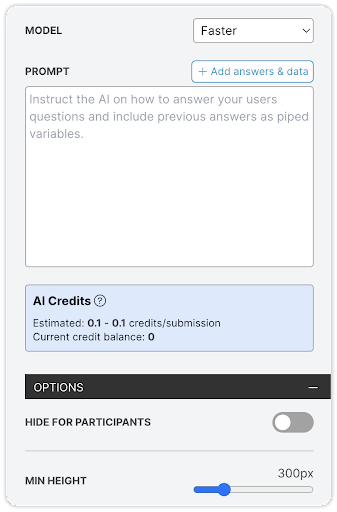
Personalized content delivers a smoother form-filling experience and caters to the specific needs of each user. As a result, it guarantees a personalized approach to wealth preservation strategies.
It also boosts conversion rates because, with each personalized content recommendation, a user feels understood and confident to make an informed decision on what they need to do to preserve their wealth.
In short, don’t underestimate the power of a personalized experience to boost conversion rates.
3. Enhancing User Experience (UX)
As integrations progress and AI-generated forms incorporate additional features, you can look forward to even greater enhanced experiences.
For example, your HR team can use this form to run employee training programs:
☝️It's a customisable template, get it here.
Combining your AI-generated employee training feedback form with text-to-speech tools in online learning could give every employee an equal opportunity to provide feedback. Even though these integrations aren’t fully available yet, AI-powered technology is advancing at an incredible rate. You can be confident that the wait won’t be long.
4. Optimize Your Forms
For marketers, there’s always a bias towards collecting more data. And if one form can get you all the data you’re after, the better.
While there’s nothing wrong with that, including all the questions you want in the form won’t get you the audience responses that you need.
Secondly, when filling out a form, users often wonder whether your questions are relevant or even necessary to complete the form.
To keep them engaged, you need to overcome their skepticism and eliminate unnecessary questions.
For example, suppose you have users who need to log into a platform or community. In that case, one of the ways AI-generated forms can boost engagement is by simplifying the authentication process for users.
Instead of asking users to fill out long and tedious forms with personal information, AI-generated forms can use OpenID Connect (OIDC) to simplify the sign-in process. It enables users to sign in with their existing accounts from other platforms, such as Google, Facebook, or Twitter.
OIDC is a standard protocol that allows secure identity verification across different websites and applications.
Using OIDC, AI-generated forms can reduce friction, increase trust, and improve user experience.
Another way to get rid of unnecessary questions is by asking fewer questions to get the information you need.
For example, if you’re sharing gated content, avoid going above and beyond to ask all you need to know about the prospect.
Using AI-generated forms, you can generate relevant questions to help keep users engaged and open up more opportunities to interact and get the information you need. Take a look at this form that users fill out to get a free guide:
☝️It's a customisable template, get it here.
It has five engaging questions that users can fill in and a link at the end to join a Facebook group for the user to connect with other van life enthusiasts (or read more blog posts about RV rentals in other countries).
5. Insights and Performance Tracking
In addition to helping you generate AI forms, AI form generators also help you analyze the data you collect. You come away with valuable insights that help you track the level of user engagement.
Once you’ve deployed your form and feedback starts streaming in, the best AI analytics tool helps break down all the responses. It spits out a fully-fledged report with all the data and useful recommendations.
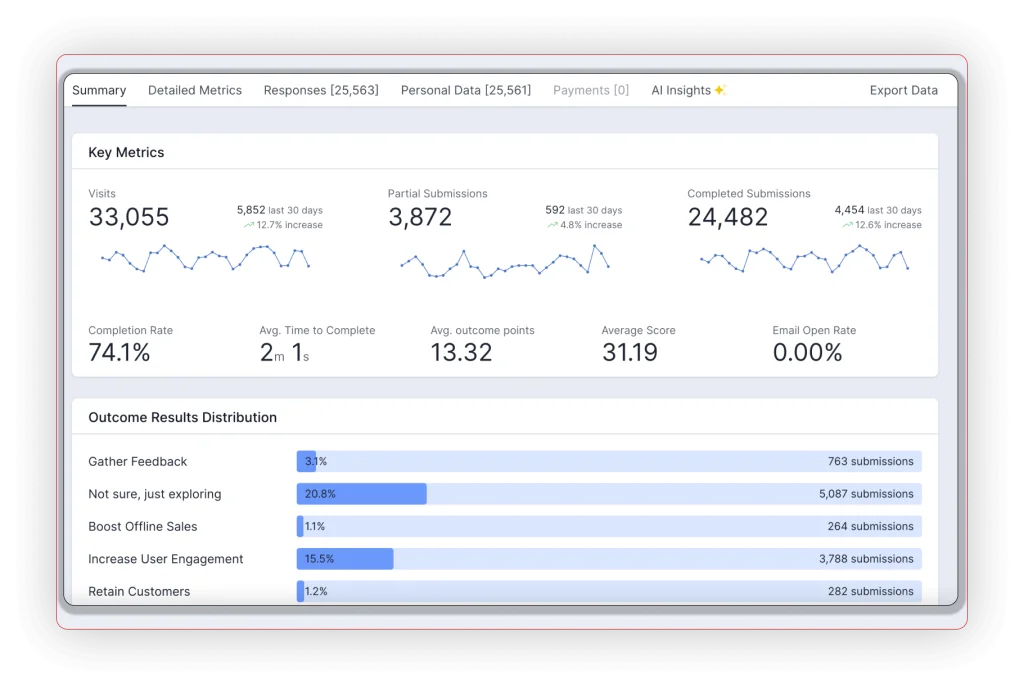
Just to give you an idea, last year, involve.me put their AI Insights feature to the test, analyzing a whopping 12,000 customer feedback responses in less than two minutes.
These data-driven insights help you understand user behavior. That way, you can continually improve and optimize your marketing strategies by finding new ways to engage buyers at all stages of the marketing funnel.
Final Words
There’s no one-size-fits-all solution to improving user engagement rates in forms. Every form you create is different. The users who fill out these forms are equally different.
Understanding the best way to keep your target audience engaged will take time, trial and error. And even if your form is aligned with user expectations, some users will just refuse to fill it out. Sounds absurd, but it happens.
However, AI-generated forms help you overcome the steep learning curve by reducing the amount of time you need to learn what works and what doesn’t.
Using AI-generated forms, every improvement you make, whether you’re improving form design, choosing better questions, or setting up smart validation rules, can improve user engagement and keep your completion rate and data quality in check.
Get started today with involve.me and create your first AI-generated form.
Create your form with AI
Just paste your URL & click generate

